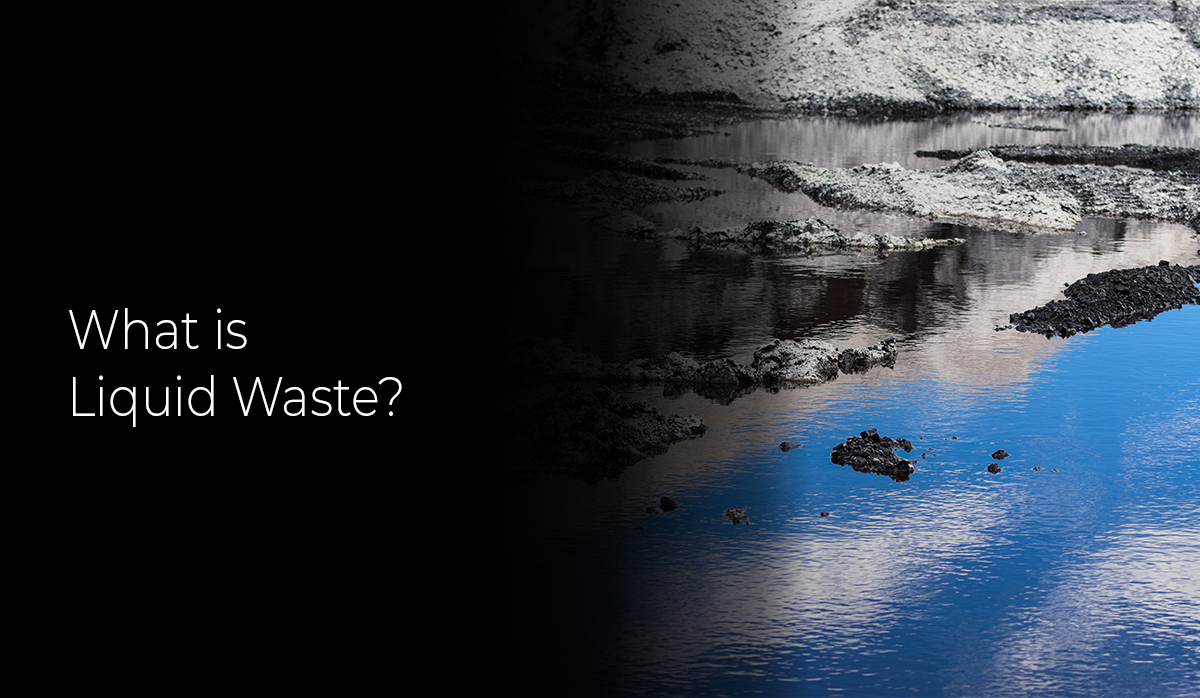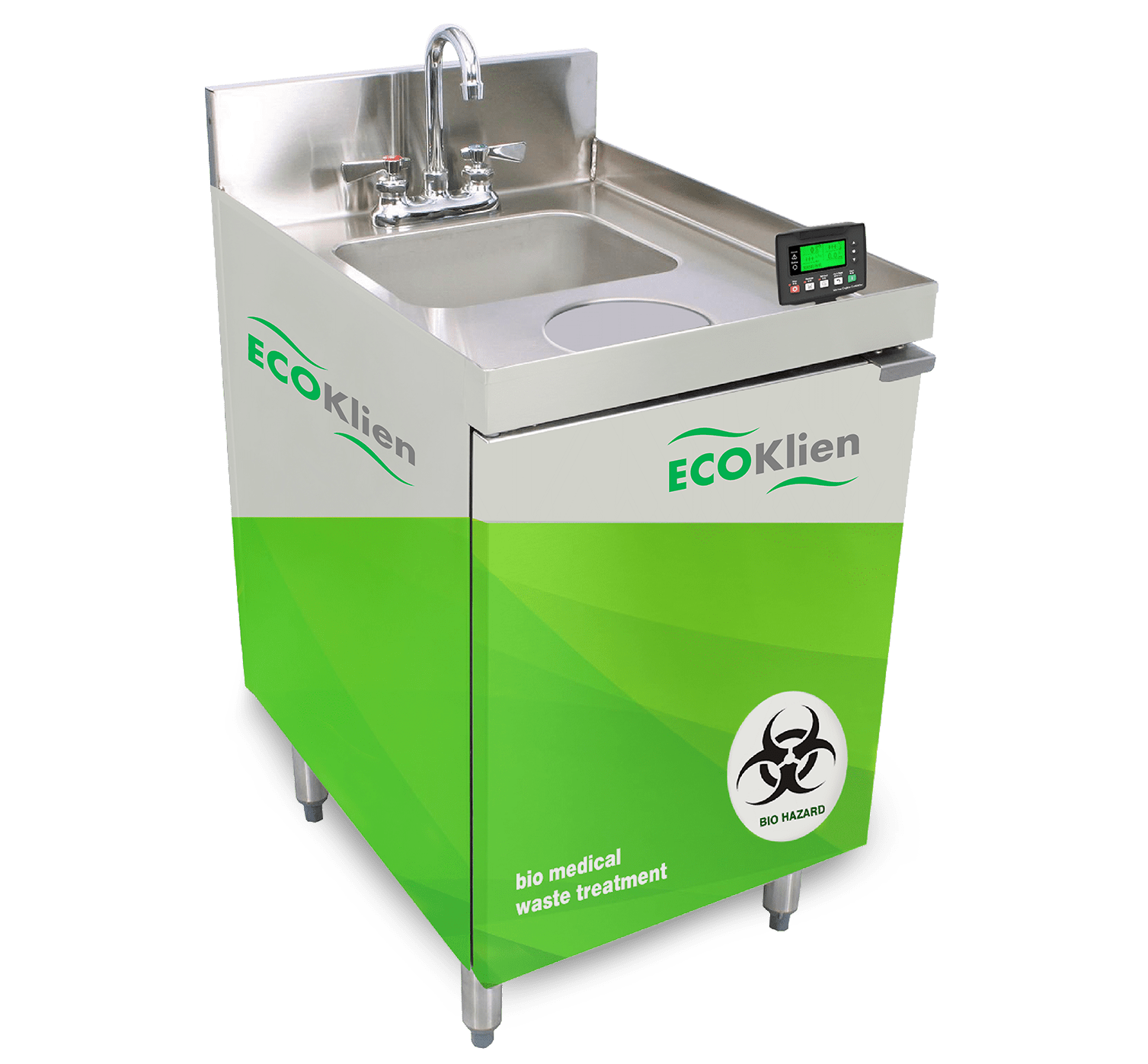Industrial Wastewater Treatment: Advanced Approaches for Effective Monitoring
Industrial Wastewater Treatment: Advanced Approaches for Effective Monitoring
Blog Article
How Fluid Garbage Disposal Functions: A Comprehensive Introduction of Methods and Technologies Utilized

Review of Fluid Waste Types
The complexity of fluid waste types requires a complete understanding of their qualities and effects for disposal. Liquid waste can generally be categorized right into several types, consisting of industrial, local, agricultural, and contaminated materials. Each category displays distinctive residential properties, requiring certain management methods to minimize environmental and health and wellness threats.
Industrial fluid waste originates from producing procedures and usually includes a variety of contaminants, such as heavy metals, solvents, and organic substances. Metropolitan fluid waste, primarily comprising wastewater from families and business facilities, contains raw material, nutrients, and pathogens (industrial wastewater treatment). Agricultural liquid waste, consisting of overflow from ranches, might have fertilizers, pesticides, and animal waste, presenting threats to water top quality and communities
Unsafe fluid waste is defined by its toxicity, reactivity, or prospective to cause injury. Recognizing these diverse fluid waste types is essential for developing reliable disposal methods and ensuring conformity with environmental laws.
Physical Treatment Approaches

Testing is the preliminary action, where larger fragments and particles are eliminated from the fluid waste using screens or grates. In sedimentation tanks, heavier fragments clear up at the bottom, creating a sludge layer, while the made clear liquid can be additional dealt with.
Filtering is one more essential approach that involves passing the fluid with porous products, such as sand or membranes, to capture smaller sized particles. This step enhances the top quality of the liquid, making it ideal for subsequent treatment procedures.

Chemical Treatment Methods
Chemical therapy strategies are essential for efficiently managing liquid waste, particularly in attending to dissolved and colloidal pollutants that physical techniques might not appropriately get rid of. These strategies make use of numerous chemical agents to reduce the effects of, speed up, or transform harmful compounds right into much less unsafe kinds.
One usual approach is coagulation and flocculation, where chemicals such as alum or ferric chloride are included in promote the gathering of put on hold fragments. This procedure improves sedimentation, permitting for less complicated elimination of the resulting sludge. In addition, oxidation processes, employing agents like chlorine or ozone, are my company utilized to break down complex natural substances and microorganisms, providing the waste more secure for discharge or additional treatment.
Neutralization is another critical technique, which readjusts the pH of acidic or alkaline waste streams to neutral degrees, stopping potential injury to downstream systems and the setting. Furthermore, advanced oxidation procedures (AOPs) use combinations of oxidants and ultraviolet light to deteriorate relentless toxins, achieving a greater level of therapy efficiency.
Organic Treatment Procedures
Biological therapy processes play a crucial duty in the administration of liquid waste by using microorganisms to disintegrate organic issue and decrease impurity levels. These procedures can be generally categorized right into anaerobic and cardio treatments, each employing details microbial neighborhoods to achieve efficient waste destruction.
Aerobic therapy entails the usage of oxygen to help with the breakdown of organic materials by microorganisms. This process is commonly carried out in triggered sludge systems, where aeration tanks give a conducive atmosphere for microbial development, leading to the oxidation of organic pollutants. The resultant biomass can be divided from dealt with effluent via sedimentation.
On the other hand, anaerobic treatment occurs in the lack of oxygen, counting on various bacteria to break down raw material. This method is especially useful for high-strength waste, as it creates biogas, a renewable energy resource, while lowering sludge manufacturing. Technologies such as anaerobic digesters are regularly employed in commercial and metropolitan applications.
Both anaerobic and aerobic organic therapies not just lessen the ecological effect of liquid waste however likewise promote source healing, making them crucial parts of lasting waste management techniques. Their efficiency, versatility, and performance sustain their prevalent application across various fields.
Arising Technologies in Disposal
Innovative approaches to fluid waste disposal are rapidly evolving, driven by innovations in innovation and a boosting focus on sustainability. Among these arising innovations, membrane bioreactors (MBRs) have actually acquired grip for company website their ability to incorporate biological therapy with membrane filtration, leading to premium effluent that can be recycled in different applications. MBRs enable smaller sized impacts and a lot more efficient operations contrasted to standard systems.
An additional appealing growth is the use of anaerobic food digestion integrated with nutrient recovery innovations, which not just treats fluid waste but likewise creates biogas and recuperates useful nutrients like nitrogen and phosphorus. This dual benefit boosts resource efficiency and reduces ecological effect.
In addition, advanced oxidation processes (AOPs) are being adopted for the destruction of intricate organic contaminants. These techniques make use of effective oxidants and catalysts to break down pollutants at the molecular degree, using a very reliable solution for challenging waste streams.
Additionally, the combination of artificial intelligence and machine knowing in waste monitoring systems is maximizing functional effectiveness and anticipating upkeep, bring about lowered prices and boosted ecological conformity. These modern technologies mirror a significant change towards even more lasting and reliable fluid garbage disposal practices.
Conclusion
To conclude, reliable fluid waste disposal necessitates a detailed understanding of numerous techniques and innovations. The integration of physical, chemical, and biological treatment techniques makes certain the efficient administration of varied waste kinds. Additionally, the emergence of ingenious technologies boosts therapy efficacy and advertises sustainability in waste management methods. By continually progressing these approaches, it comes to be feasible to attend to the expanding challenges connected with fluid waste, inevitably adding to ecological defense and source recovery.
Fluid waste disposal is an essential element of environmental monitoring, requiring a thorough understanding of different techniques and innovations tailored to various waste types. Liquid waste can generally be liquid waste removal melbourne classified into a number of types, including industrial, local, farming, and hazardous waste. Agricultural fluid waste, consisting of drainage from farms, might contain plant foods, chemicals, and animal waste, presenting dangers to water top quality and environments.
Numerous physical therapy approaches play an important duty in taking care of fluid waste properly - industrial wastewater treatment.In conclusion, effective liquid waste disposal necessitates a comprehensive understanding of various techniques and innovations
Report this page